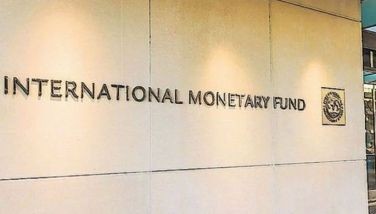Lagging regions 'slightly' catch up in 2017 — DOF

MANILA, Philippines — Inter-regional disparity was “slightly tempered” in 2017, the Department of Finance said, as the less affluent regions grew faster than traditional growth centers.
In an economic bulletin, the DOF said data on shares in gross regional domestic product, or GRDP, confirm an earlier finding that regional inequality rose in 2016 but dropped in 2017.
“For instance, the share of [National capital Region] in GRDP declined from 36.64 percent in 2016 to 36.44 percent in 2017. Likewise, the share of Southern Tagalog, the country’s manufacturing heartland, dropped from 18.74 percent in 2015 to 18.34 percent in 2017,” the DOF explained.
“Meanwhile, the share of Cordillera rose from 1.69 percent in 2016 to 1.77 percent in 2017,” it added.
To boost regional incomes, the DOF said the "best startegy" is to increase fiscal space for the government’s ambitious infrastructure plan by “mobilizing revenues."
“As more roads and ports are built in lower income regions, investments in productive enterprises will follow thus generating more jobs and raising incomes,” the Finance department said.
“This will enhance each region’s economic potentials and move the less developed regions closer to the income level of more developed regions,” it added.
The Duterte government plans to spend more than P8 trillion to upgrade the country’s dilapidated infrastructure and to supercharge economic growth to 7-8 percent from this year until 2022.
Meanwhile, making sure that growth is inclusive remains a challenge for the Philippines, with many lagging regions in the country that are still waiting to be connected to the mainstream economy. — Ian Nicolas Cigaral
- Latest
- Trending





























